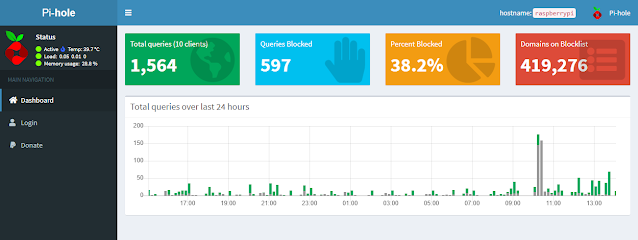Laptop Screen Replacement Project

I recently had an opportunity to do a little repair work on a laptop owned by a relative of mine. The laptop in question is an HP Pavillion x360 Convertable PC, Model# m3-u001dx. My relative stated that the screen on the laptop would turn on, but nothing would be displayed. Troubleshooting To start troubleshooting the problem, I made sure that the laptop had power and was connected to the power adapter. Afterwards, I rebooted the computer by doing a forced shutdown using the power button. After turning the computer back on, the screen lit up but nothing was displayed. I again rebooted but this time attempted to boot into safe mode. I did this by pressing the Windows + B buttons while pressing the power button and releasing them all at the same time. Still nothing. Finally, I connected the laptop to my TV using and HDMI cable. Using the HDMI cable, I was able to see the screen and access the desktop. From there, I conducted a virus scan and updated windows as we...

